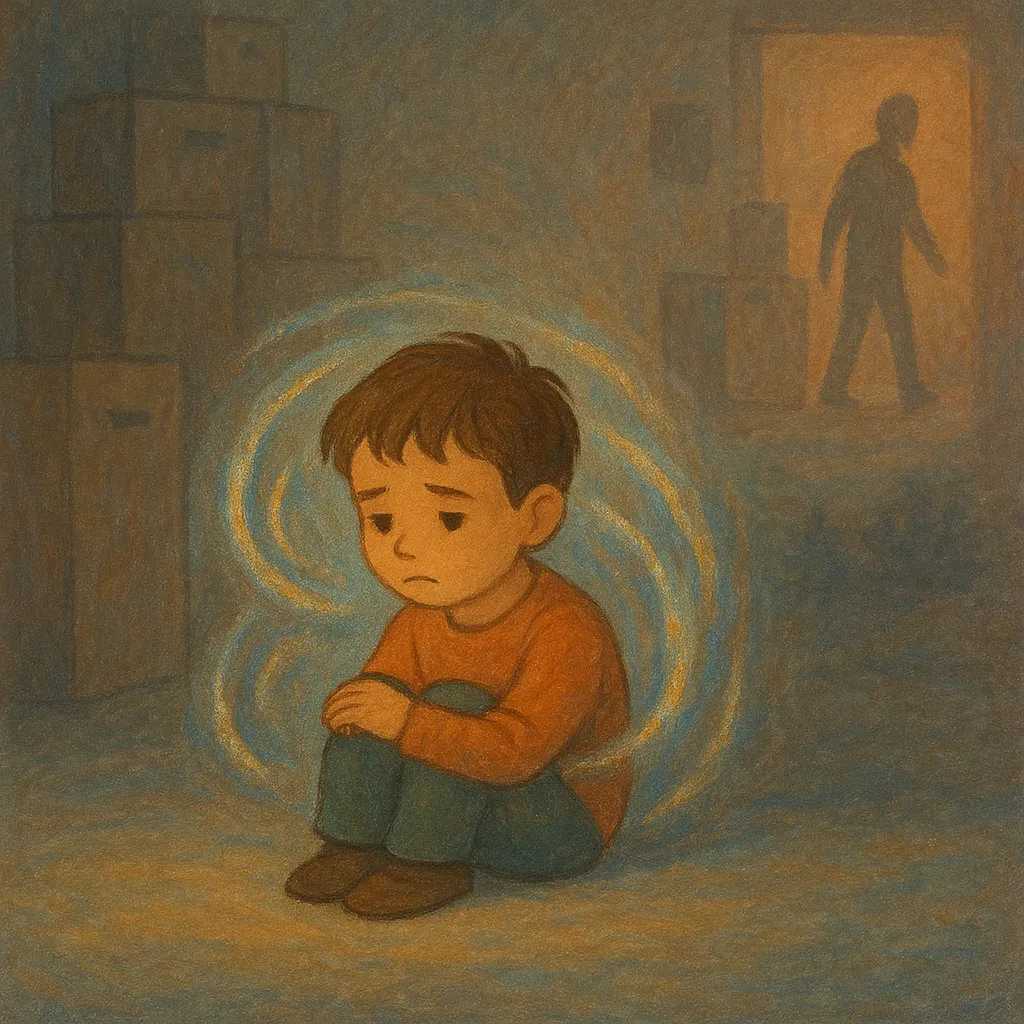
What Trauma-Informed Parenting Really Means
Trauma Is Not Always What You Think It Is
Trauma is not the event itself—it’s the body’s response to the event. I’ve said this in almost every training I’ve done: trauma is anything prolonged, overwhelming, or unpredictable. Whether it’s a single violent act or years of being unseen, the nervous system doesn’t care about size—it cares about survival.
A child who never had the opportunity to cry in someone’s arms when they were hurting, who had to make sense of pain alone, or who lived with parents too stressed to connect—that child is carrying trauma. And unless that energy is expressed, processed, and integrated, it stays locked in their body.
That’s why trauma-informed parenting requires us to say, “I don’t just see your behavior—I see the fear behind it. I see the unmet need, the broken trust, the silent grief.”
In fact, as I teach in our 16-week course, the moment we express and process a stressful event, we prevent it from becoming trauma. But when it stays unspoken, it embeds itself in the body and brain, shaping behavior, relationships, and even identity.
Love First, Strategy Second

A trauma-impacted child does not need stricter rules or harsher punishments. They need you. Your calm. Your regulation. Your unconditional presence.
This is not the soft, sentimental love of greeting cards. This is fierce love. Love that stands still when a child is throwing things, love that whispers, “I’m here,” when a child screams, “I hate you!”
It is the love hormone, oxytocin, that wires the brain for safety and trust. That’s why I coined the phrase “oxytocin opportunities”—every time you stroke your child’s hair, hold their hand, meet their gaze with soft eyes, or use a gentle voice, you’re releasing healing into their body.
Parenting through trauma isn’t about managing behaviors. It’s about cultivating connection. Because healing doesn’t happen in isolation—it happens in relationship.
You Must Do Your Own Work First

You cannot lead a child to peace if you haven’t found your own. That’s the hard truth.
Too often, I see parents trying to fix their child’s outbursts without looking at their own inner storms. When your child’s behavior triggers you, it’s not just about what they’re doing—it’s about what’s unresolved in you.
Your reactivity is a clue. Your frustration is a mirror. The place where you yell, withdraw, or collapse—that’s your own trauma asking for healing.
This is why in every training I do, I say: “Before you change your child, look in the mirror.” The more regulated you are, the more healing you can hold space for. Your nervous system becomes the sanctuary your child never had. You become the calm in their chaos.

Parenting books will give you tips and scripts. And there’s nothing wrong with tools. But trauma isn’t healed through techniques—it’s healed through presence.
When your child melts down, disconnects, lies, or steals—your response must come from relationship, not reaction. That’s the real shift of trauma-informed parenting. It’s not “What consequence should I give?” but “How can I connect here?”
Tools are cognitive. But trauma is stored emotionally and somatically. When you respond from the heart, when you co-regulate instead of control, when you lead with empathy instead of ego—that is when the healing begins.
Behavior Is Just the Smoke, Not the Fire

Think of behavior as a smoke signal. It’s your child’s way of saying, “Something inside me hurts.”
Yelling is fear. Lying is shame. Stealing is unmet need. Defiance is protection. The behavior is not the problem—it’s the clue. And if we keep treating the smoke, we’ll never get to the fire.
So instead of saying, “How do I stop this behavior?” ask:
What is my child trying to express?
What need is going unmet?
What fear is driving this response?
When you shift from control to curiosity, from punishment to presence, you stop pouring gasoline on the fire—and start becoming the water.

FAQs About Trauma-Informed Parenting
1. Is trauma-informed parenting only for children with big traumas?
No. All children experience stress. Every child benefits from co-regulation, emotional safety, and attunement. Trauma-informed parenting is simply good parenting—it’s human-centered, not event-specific.
2. Does trauma-informed mean permissive parenting?
Absolutely not. It means you lead with connection before correction. Boundaries matter—but they should be delivered with empathy, not fear. A regulated parent can enforce limits without rupturing the relationship.
3. How do I stay calm when my child is triggering me?
You build your awareness. You pause. You breathe. You reflect. Then you return with intention. Self-regulation is a skill—just like riding a bike, the more you practice, the easier it becomes.
4. What if I don’t know what my child’s trauma is?
You don’t need the story. Their behavior is telling it every day. Assume your child is doing the best they can with the tools they have. Respond with compassion anyway.
5. Can this really change things?
Yes. I’ve watched families step back from the edge. I’ve seen peace where there was once war. It’s not easy, and it’s not fast. But when you lead with love, when you stay curious, when you show up again and again—that’s when the transformation happens.